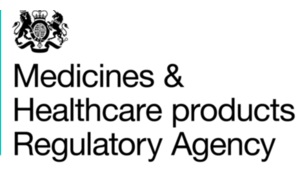8. Is it possible that not undertaking any oversight or monitoring is acceptable?
The sponsor musta ensure that the trial is conducted in accordance with the legislation and principles of GCP. In some trials categorised as Type A, it may be possible that the sponsor oversight can be reduced substantially, but some activity will still be needed; however central or on-site monitoring activities may not be deemed necessary as part of the risk assessment of the trial. This would be very rare and the trial would need to be very low risk for no such monitoring to be justified. The rationale for the oversight and monitoring strategy would be contained in the risk assessment. For example, this may be limited to sponsor oversight of the initiation process and then a detailed questionnaire returned from the investigator as a self assessment process, perhaps with addition of an audit.
Trials that are very small, investigator-led, and primarily related to scientific investigation of the mode of action or scientific other aspects of a licensed IMP rather than general clinical efficacy or safety are more likely to lead to a conclusion that no on-site and no extensive central monitoring is necessary when risk assessed. It is recommended that there is a contingency plan to implement monitoring if this was considered necessary by the oversight activities results.
a. SI 2004/1031 (as amended) Regulation 28 (1) and (2).
Version 1: 22 February 2013






